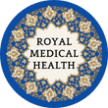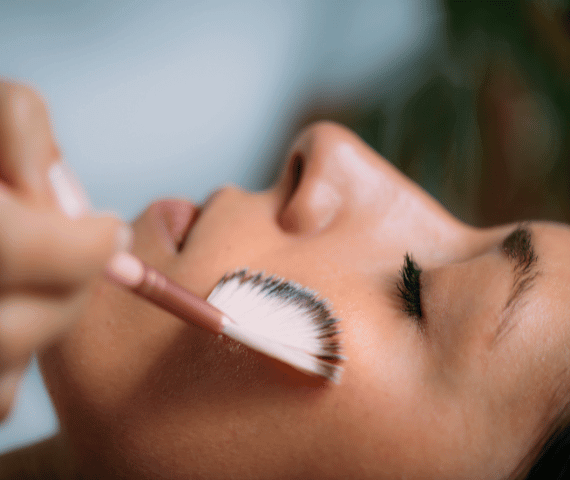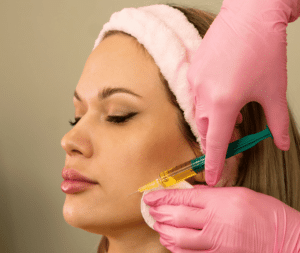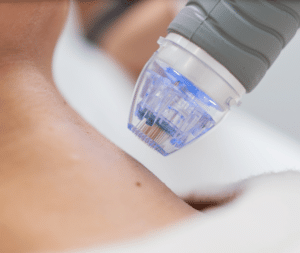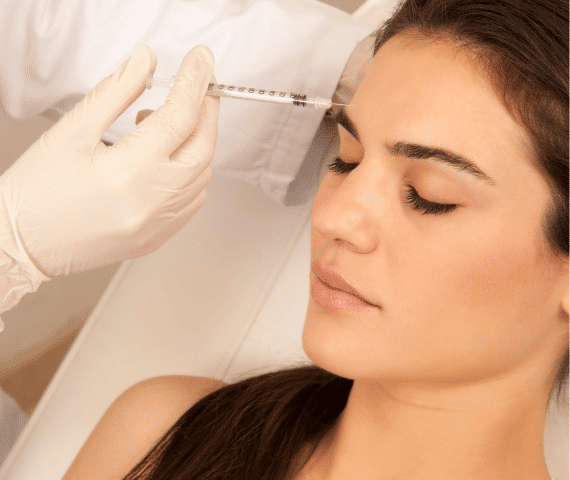Have you ever wondered how celebrities maintain their flawless complexion? Behind their glow often lies a trusted skincare secret: chemical peels. Dive into the world of rejuvenation with us, as we peel back the layers of this popular skin treatment, revealing how it can transform your skin at Royal Medical Health.
What are Chemical Peels?
Chemical peels are treatments used to improve skin texture and tone by removing dead skin cells from the surface. By applying a chemical solution to the skin, it blisters and eventually peels off, leaving behind smoother, less wrinkled skin. They range from light peels for subtle rejuvenation to deep peels targeting more significant skin issues.

The Science Behind the Peel
When the chemical solution is applied, it exfoliates and eventually dissolves the upper layers of the skin, prompting the body to regenerate a new, healthier layer. Ingredients like alpha-hydroxy acids (AHA), beta-hydroxy acids (BHA), and trichloroacetic acid (TCA) are commonly used, each with unique benefits.
Benefits of Chemical Peels
Chemical peels can:
- Improve the appearance of mild scars
- Treat certain types of acne
- Reduce fine lines under the eyes and around the mouth
- Treat wrinkles caused by sun damage and aging
- Improve the look and feel of skin
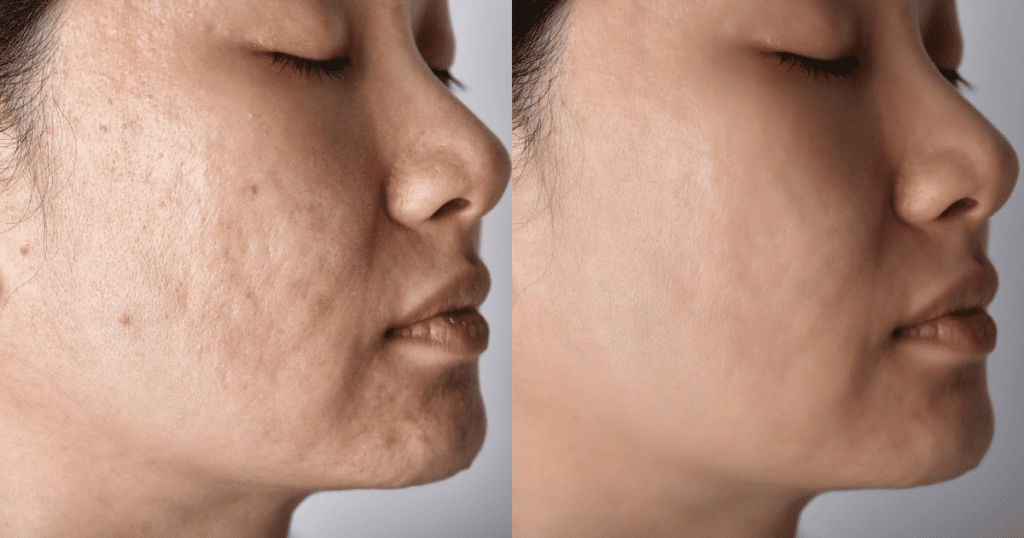
Who is the Ideal Candidate?
The ideal candidate for a chemical peel is someone looking to improve the appearance and texture of their skin. Here are more specifics to consider:
The ideal candidate for a chemical peel is someone looking to improve the appearance and texture of their skin. Here are more specifics to consider:
- Skin Types:
- Normal Skin: Typically responds well to all types of peels.
- Oily Skin: May benefit more from deeper peels that help control oil production and breakouts.
- Dry or Sensitive Skin: Usually better suited for milder peels that hydrate and cause less irritation.
- Combination Skin: May need tailored peels focusing on different areas with different strengths.
- Skin Concerns:
- Those with fine lines, wrinkles, mild scars, sun damage, acne, or uneven skin tone may see significant improvements.
- Individuals with active skin diseases or infections should avoid peels until their condition is resolved.
- Health and Lifestyle:
- Ideal candidates are generally healthy and have realistic expectations about the outcomes of a chemical peel.
- Non-smokers or those willing to quit smoking for a period before and after the treatment, as smoking can affect the healing process.
- Previous Skin Treatments:
- Knowing your history with other skin treatments is essential to avoid complications and determine the most suitable peel.
Consultation with a skincare professional is paramount to assess your skin type, understand your skincare goals, and determine the best type of peel for you. During this consultation, aspects such as your skin’s natural pigmentation, any previous procedures, and your overall health will be considered. For those interested in learning more about how chemical peels might benefit them based on their skin type and concerns, our expert team is ready to guide you through a personalized skincare journey.
The Procedure: What to Expect
The chemical peel process involves cleansing the skin, applying the peel, and allowing it to work its magic. After the peel, the skin may be temporarily more sensitive to the sun, so sun protection is crucial. The entire process can take anywhere from a few minutes to an hour, depending on the depth of the peel.
Addressing Safety and Common Concerns
While chemical peels are generally safe, it’s important to have them performed by qualified professionals like those at Royal Medical Health. Side effects can include redness, scarring, or infection, though these are rare when the peel is done correctly.
Aftercare and Maintaining Results
After your chemical peel, it’s vital to adopt a gentle and protective skincare regimen to ensure optimal recovery and lasting results. Here’s what you need to know:
- Cleanse Gently: Use a mild, non-irritating cleanser to keep your skin clean without causing further irritation.
- Sun Protection: Sun exposure can significantly affect your results. Always wear SPF 50 or higher and reapply every two hours. For the first week post-treatment, avoid sun exposure completely to prevent damage to the newly revealed skin.
- Moisturize and Hydrate: Keeping your skin hydrated is key. Apply a generous coat of moisturizer to aid in the healing process and to prevent flaking and dryness. Also, ensure you’re drinking plenty of water to hydrate from the inside out.
- Avoid Certain Products and Activities: For 72 hours post-treatment, avoid using exfoliants, scrubs, acids, and retinol products. Refrain from makeup, excessive sweating, strenuous activities, and heat exposure for 48 hours. Picking at peeling skin can lead to scarring or infection, so let the skin shed naturally.
- Soothing Irritation: If you experience any itching or irritation, a cortisone cream can be applied to the sensitive areas to provide relief.
Remember, proper aftercare is crucial to achieve the best results and maintain the health of your skin. For a detailed guide on post-peel care and to ensure you’re taking the right steps for your skin type, visit our chemical peel aftercare page. Your journey to radiant skin doesn’t end with the peel—it’s a continuous commitment to gentle care and protection.
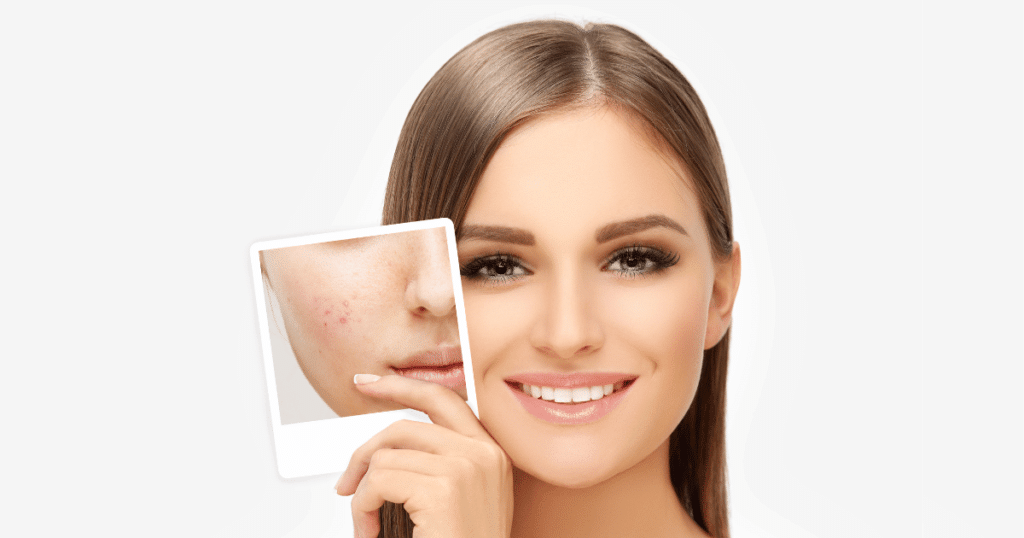
Why Choose Royal Medical Health for Your Chemical Peel?
At Royal Medical Health, we offer personalized treatments in a luxurious, comforting environment. Our experienced staff will ensure that your chemical peel is safe, effective, and tailored to your skin’s needs.
Conclusion
Now that we’ve unveiled the transformative power of chemical peels, are you ready to reveal a more radiant you? Learn more about Chemical Peels available at Royal Medical Health today, and let us guide you towards your most beautiful skin yet. Remember, beneath every layer is a story waiting to be told – let yours be one of radiance and rejuvenation!
